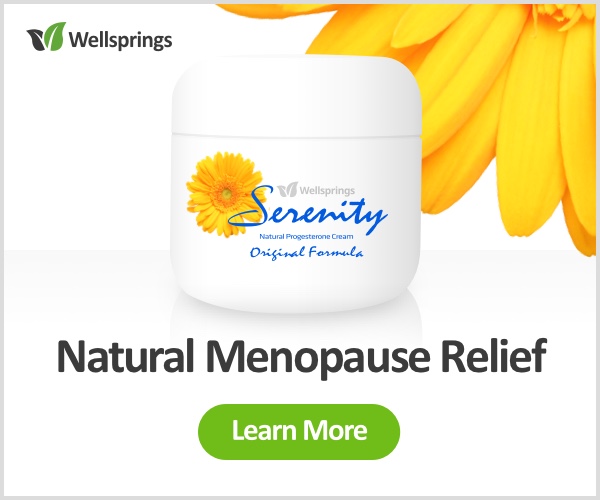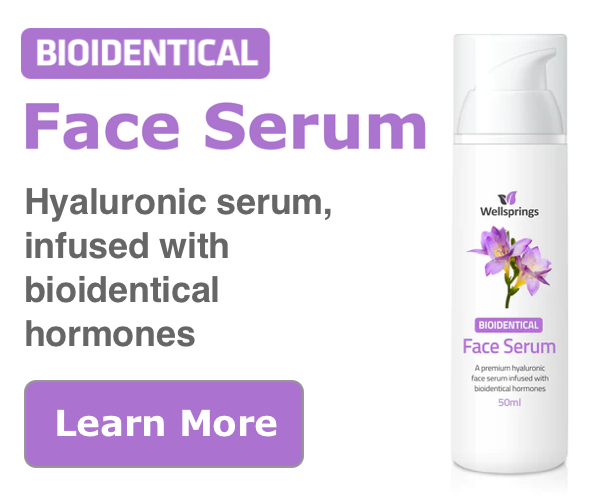Does Perimenopause Cause Ovary Pain?
You may be used to period cramps, but can it change at perimenopause?

This is when your body starts to transition to menopause, hormone production drops and menstrual periods stop.
Women often enter perimenopause in their 40s, but some start earlier or later and the transition typically lasts from four to eight years.
You’re said to be in perimenopause until you haven’t had a period for 12 months in a row, after that with no periods you’re in menopause.
Although your hormone levels drop in menopause, they also fluctuate with some serious swings up and down during perimenopause. That’s why your menstrual cycles become so erratic.
When your oestrogen level is high, abdominal cramps — along with symptoms like heavy periods and tender breasts — are common.
So what can you expect?
How does cramping change?
Cramps are a monthly ritual for many women during their menstrual periods.
They’re a result of the uterus contracting to push out its lining and at perimenopause these cramps may intensify as can other period symptoms, like tender breasts and mood swings.
Some women naturally have more painful cramps than others. Conditions like endometriosis, uterine fibroids, and pelvic inflammatory disease can also cause painful cramping during your reproductive years.
What causes this change?
The cramps you feel during perimenopause are related to your hormone levels. Prostaglandins are hormones released by glands lining your uterus and these hormones direct your uterus to contract during your period.
The higher your prostaglandin levels, the worse your cramps will be.
You produce more prostaglandins when your oestrogen level is high, and these can often rise during perimenopause, and many women can start to experience symptoms such as oestrogen dominance.
What can you do?
If your cramps are intense enough to bother you or affect your daily life, there are a number of things you can do to get relief. Here are some suggestions you can try.
Lifestyle changes
Changing your diet is a good start that can often help to relieve menstrual cramps without medication.
Eat foods that are high in fibre, such as vegetables, whole fruit, and whole grains. Fibre lowers the amount of prostaglandins in your body.
Omega-3 fatty acids found in fish, like salmon and tuna, reduce your body’s production of these hormones.
Foods that are high in nutrients, like vitamins B2, B3, B6, and E, together with zinc and magnesium, might also offer some relief from cramps.
Other things you can also try:
* Avoid caffeinated coffee, tea, and soft/energydrinks. Caffeine can worsen menstrual cramps.
* Stay away from alcohol, which also intensifies cramps.
* Limit salt intake as too much causes your body to hold onto more water. This increases bloating – and that can worsen cramps.
* Exercise, even just walking, improves blood circulation and reduces cramps.
Home and natural remedies
There are certain herbs that are suggested to help with cramps, including fenugreek, ginger, valerian and zinc sulphate.
Herbs and other supplements can sometimes have side effects or interact with medicines you take, so you should always check with your doctor or pharmacist before adding them to your routine.
There are also some simple home techniques and tips you can try:
* Put a heating pad or hot water bottle on your abdomen. Heat is often as effective for relieving cramps as painkillers are.
* Massage your belly as gentle pressure can offer some relief from the pain.
* Practice stress-reducing techniques, like deep breathing, meditation, or yoga. One study found that period pain was twice as common in women who were stressed than in women with low stress. Stress can also make the cramps you have more severe.
Medication
If lifestyle changes and home remedies aren’t enough to ease your cramps and the pain is severely affecting you, then speak to your doctor as it may need further investigation.
To get the most benefit from your pain reliever, start taking it right at the beginning of your period, or when your cramps first start. It is always best to get ahead of pain rather than trying to follow it.
Other reasons for ovarian pain in perimenopause
Not all pain during perimenopause is the result of period cramps. A couple of health conditions can also cause this symptom.
* ovarian cysts
* endometriosis
* polycystic ovary syndrome (PCOS)
* pelvic infection
After your periods stop, the most common causes of cysts include:
* fluid buildup in the ovary
* non-cancerous growths
* cancer
Although most cysts are harmless, symptoms can indicate you have a larger cyst. And since your risk for ovarian cancer increases as you age, it’s worth seeing your doctor to have your symptoms checked out.
When to see your doctor
Perimenopause is a transitional period that typically lasts for a few years. Your cramps should subside once you fully transition to menopause and your periods end.
If your periods stop but the cramps continue, see your doctor, particularly if:
* your cramps are severe, life-disrupting, or persistent
* you just started getting cramps for the first time in your life, or they’ve become more severe
* you’re experiencing other symptoms, like heavy bleeding, weight loss, or dizziness
Helpful information:
Naturally enough, your hormones are also a key factor when dealing with cramps and period pains.
Progesterone has anti-proliferative properties which keeps the growth and thickening of the lining of your uterus in check.
So for a healthy and pain-free period, it is important to maintain the balance between your progesterone and oestrogen levels.
Not sure which hormone you need? This article can help.
https://anna.blog.wellsprings-health.com/which-hormone-or-hormones-might-you-need/


















